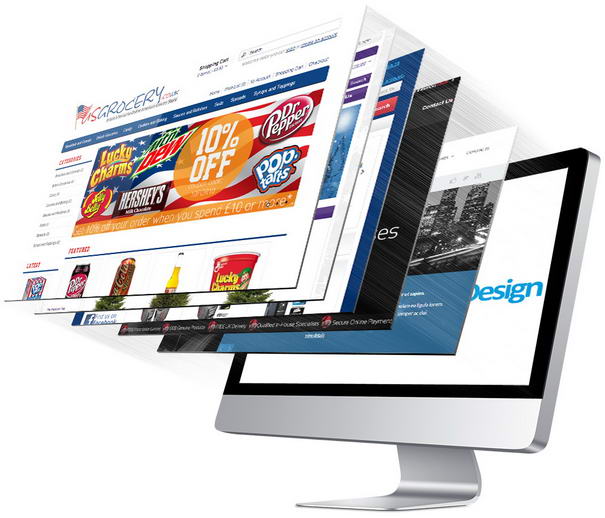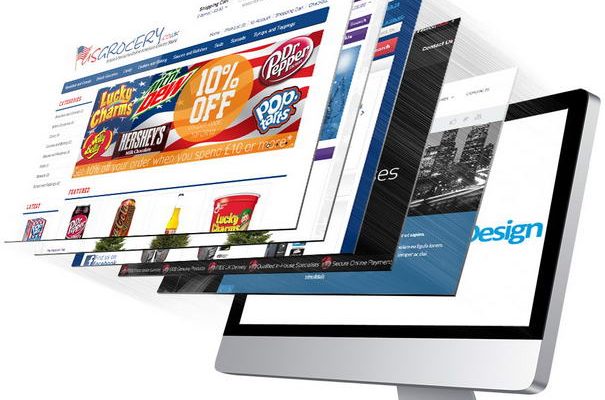Navigating the world of eCommerce can be a daunting journey, especially when you’re just starting out. From online retail giants such as Amazon and eBay to smaller niche stores like Etsy, there are countless examples of eCommerce. These platforms have revolutionized the way we shop and do business, bringing products from around the world to our fingertips.
However, just as there are many success stories, there are also countless instances where eCommerce ventures have failed. Many of these failures are the result of common mistakes in eCommerce, which, if identified early, can be avoided. This post will identify and offer solutions to these common pitfalls, giving your online business the best chance to thrive.
Check out 10 Most Common Mistakes in E-Commerce Websites …

10 – Hiding Contact Information
Offer your potential customers multiple ways to connect to you. Retailers should prominently display phone number, fax number, email or contact form and also store location.
09 – Confusing Navigation with Too Many Fonts and Colors
It is recommended to use two to three fonts and colors per page at most. A distracting design may not compliment the products and could confuse shoppers.
08 – Inadequate Photos and Only One Product Image
Poor product images that doesn’t offer users the ability to enlarge the image close-up view are unacceptable on an e-commerce website. Seeing a tiny detail or assessing a texture can give visitors the confidence they need to place an order online.

07 – A Lack of Detailed Product Info
Attracting and keeping website visitors means continually adding new information , deleting irrelevant, outdated information and also removing broken links.
06 – Disabling the Back Button
It is nothing but annoying for a visitor. Make them confortable when browsing.

05 – Slow Loading Website
E-commerce sites with large images and many products should beware of slow loading pages. Shared hosting can slow a server and give the impression of an unprofessional site.
04 – An Inadequate Site Search Engine
Being able to search a site is a fundamental component of the visitor’s experience.

03 – Confusing Checkout Process
You have to make it as easy as possible for your customers to hand over their credit card information and complete their order. The more steps you put between them placing an item in their cart and actually paying for it, the more opportunities you give them to leave your site without completing their purchase.

02 – Poor Customer Service
You need to make it easy for visitors to get in touch with you if they have a problem or question. You should make it clear what the best way to contact you is if they have a technical question, a sales question, or they want to return an item.
01 – Lack of Payment Options
Use a payment service that lets customers pay with each major credit card, and preferably also with an electronic check. Adding a PayPal checkout option increases the choices your customers have, making them more likely to purchase from you.

The world of eCommerce is both exciting and challenging. However, understanding why many eCommerce websites are unsuccessful can help new entrepreneurs avoid common pitfalls. From poor website design to lack of customer engagement, these mistakes can be the downfall of an otherwise promising online business.
By recognizing and learning from these common ecommerce mistakes to avoid, you can give your online store a competitive edge. Always remember that starting an e-commerce business requires more than just a product to sell. It involves understanding the market, the audience, and the unique challenges that come with selling products online.
Threats Looming Over E-commerce: Navigating Choppy Waters
There’s no denying that eCommerce has its share of threats. From cybersecurity issues to fierce competition, businesses must remain vigilant and adaptable to navigate the choppy waters of online retail. Cybersecurity, in particular, poses a significant threat. With online transactions becoming the norm, the risk of data breaches and hacking has increased significantly.
Moreover, the eCommerce market is saturated, with new stores popping up daily. Staying ahead of the competition requires continuous innovation, customer engagement, and market analysis. Failing to differentiate your store from others can result in your business being lost in the sea of competitors.
Additionally, consumer trust is a significant issue. With counterfeit products and online scams becoming more prevalent, building and maintaining trust with consumers is more critical than ever. Investing in secure payment gateways, transparent return policies, and exceptional customer service can go a long way in establishing a trustworthy reputation.
Lastly, technological advancements and changes in consumer behavior pose constant challenges. Staying up-to-date with the latest trends and technologies is essential to remain competitive and relevant in this fast-paced industry.


